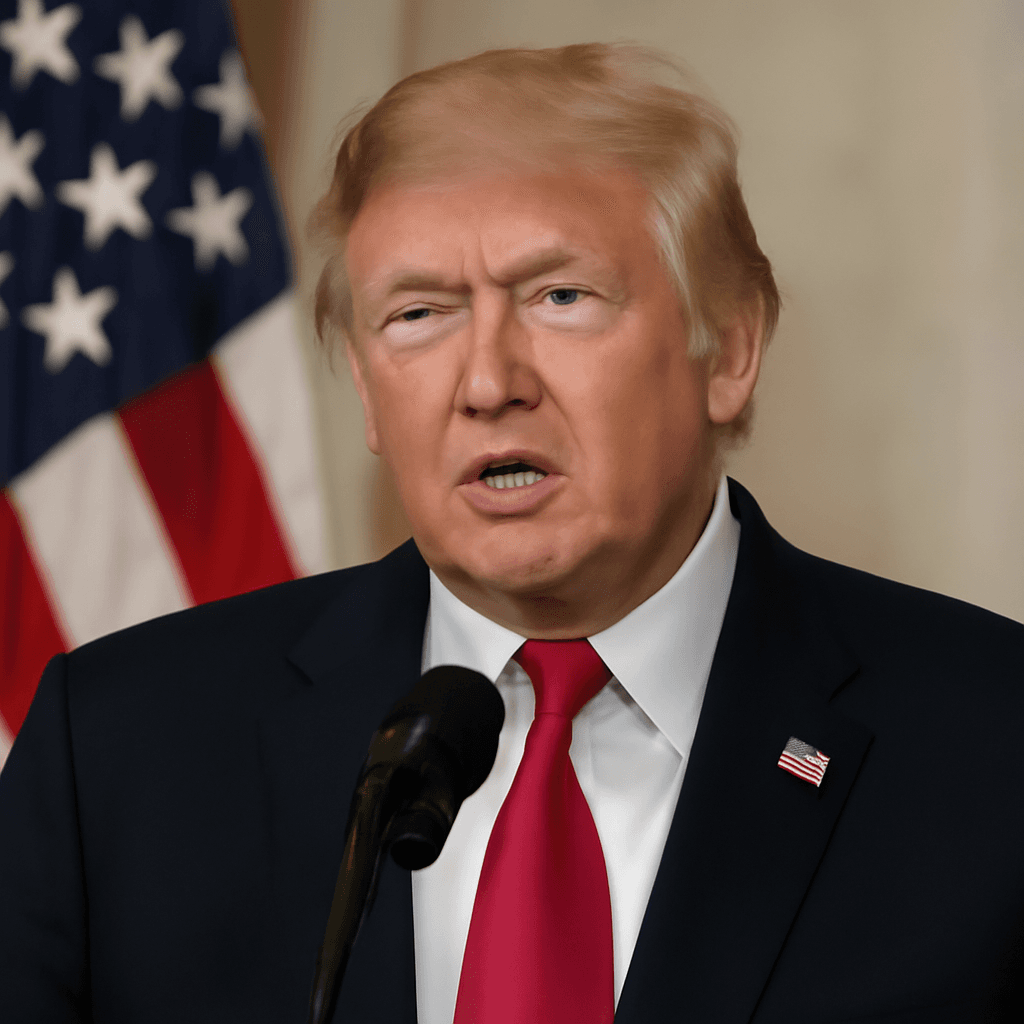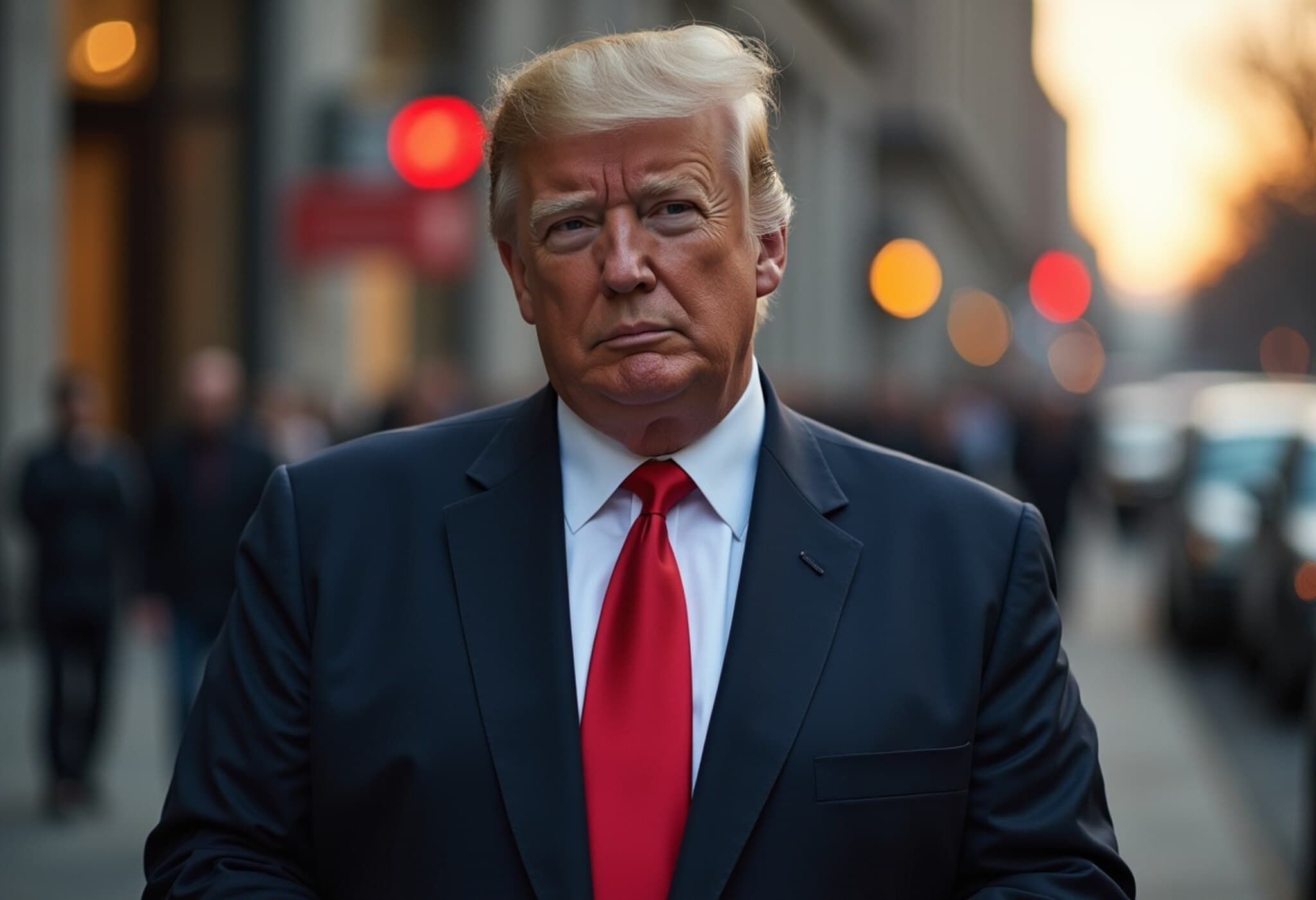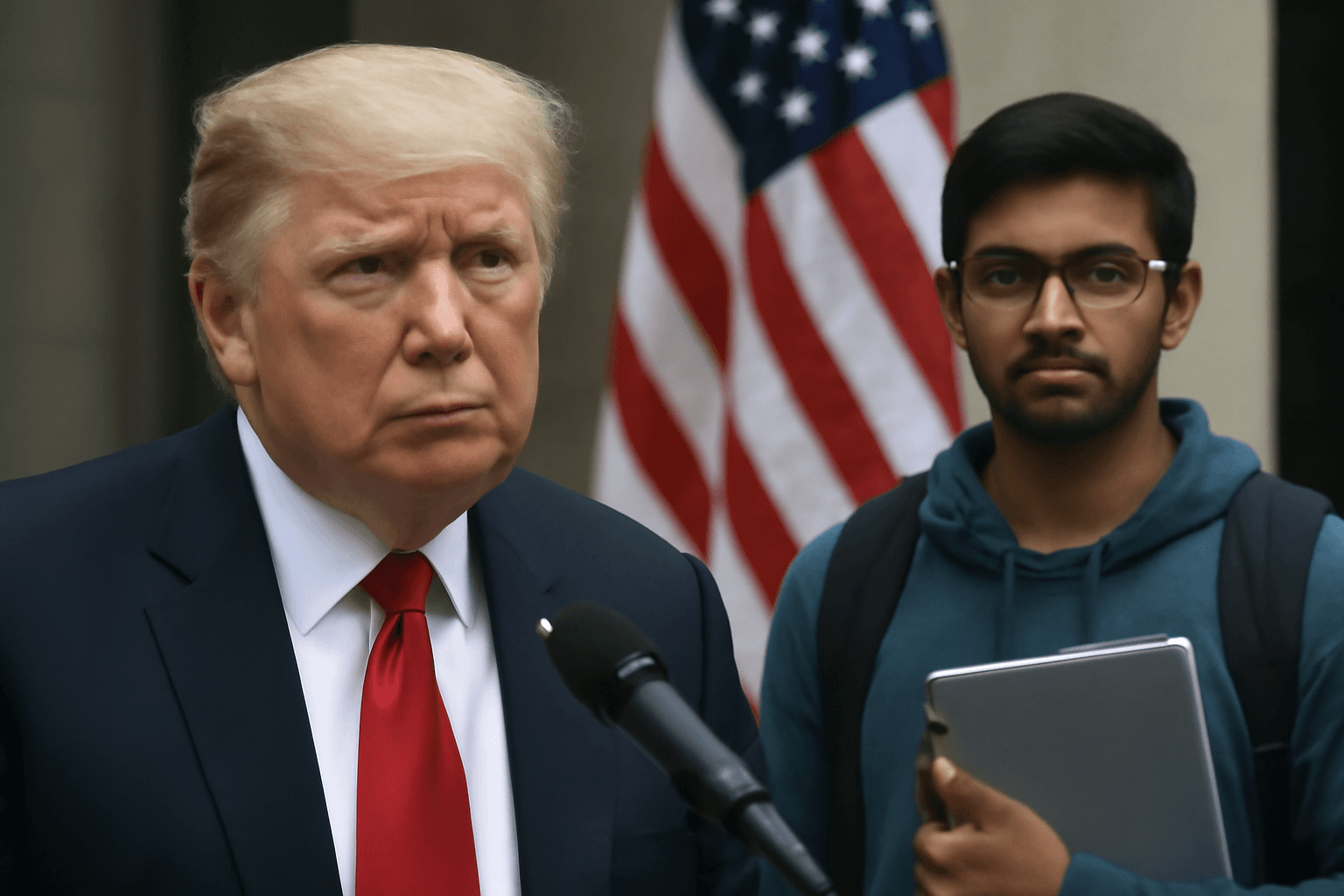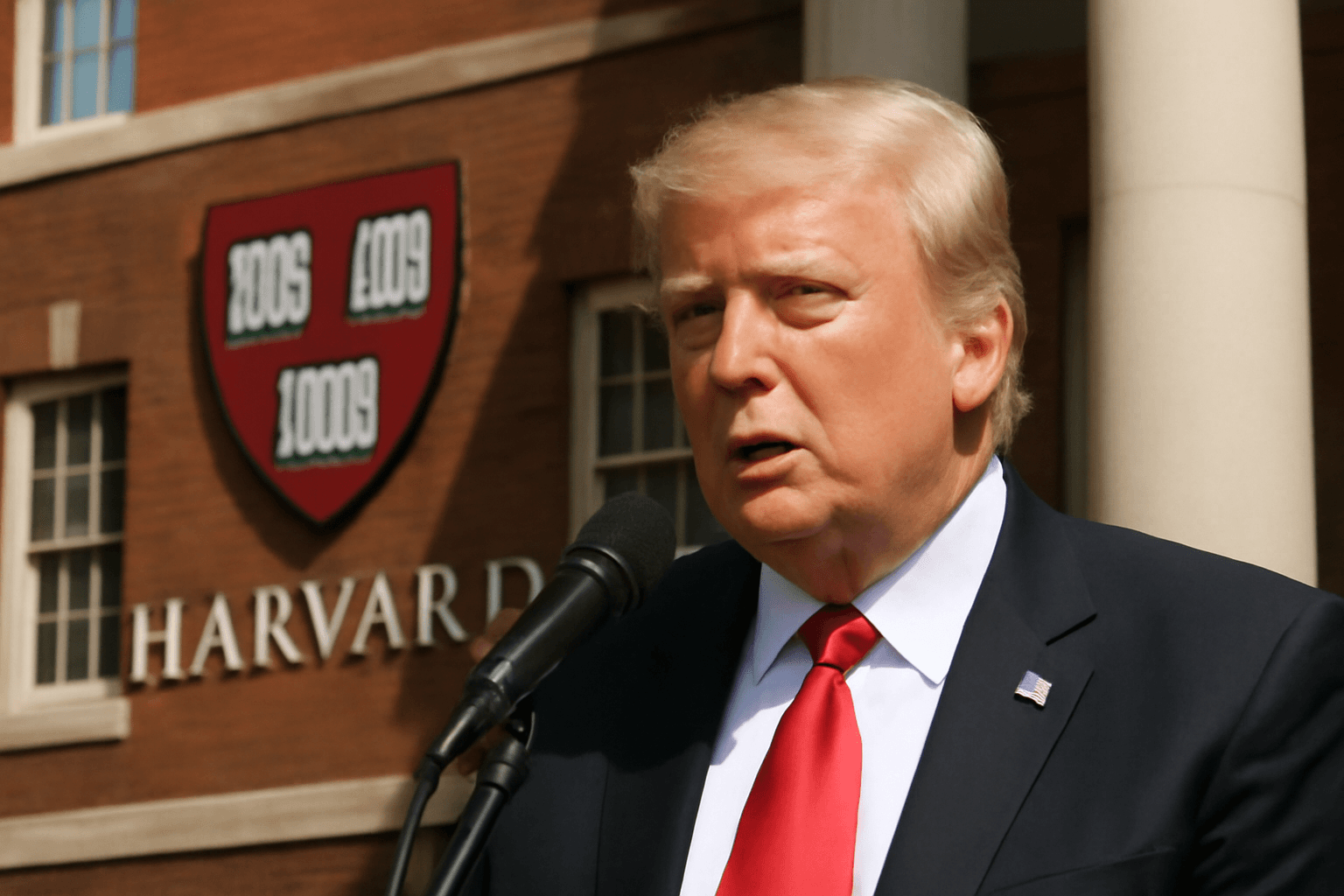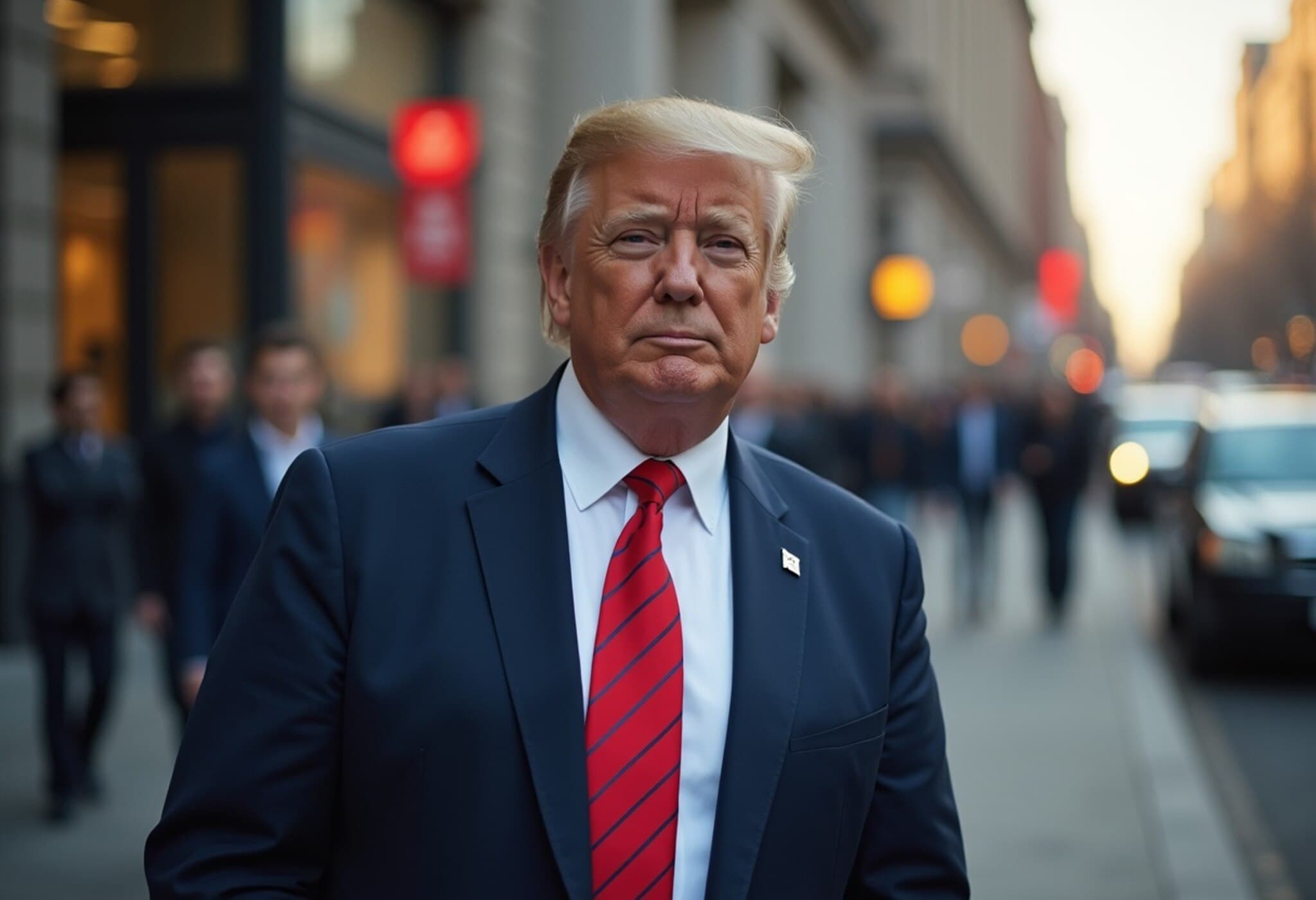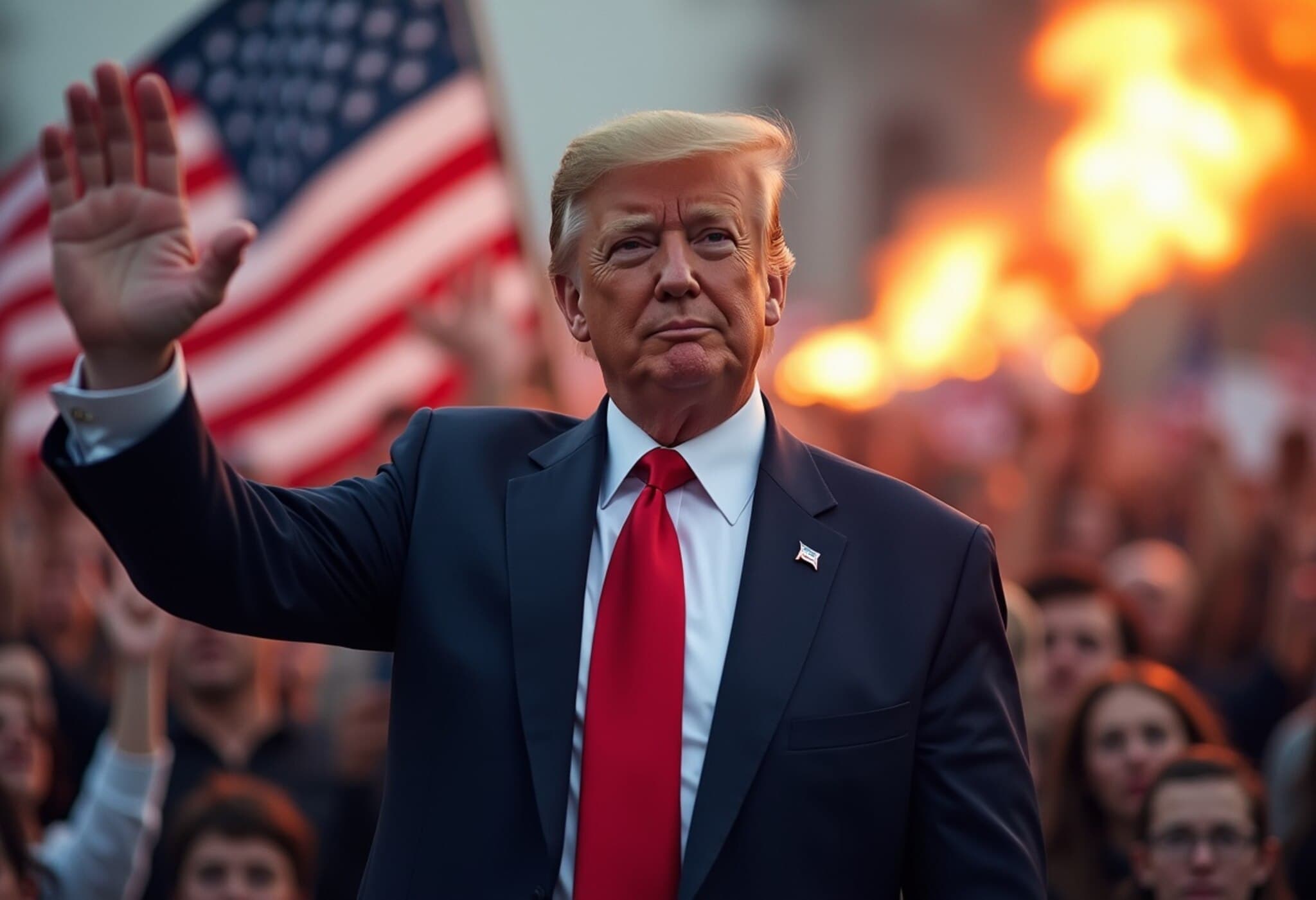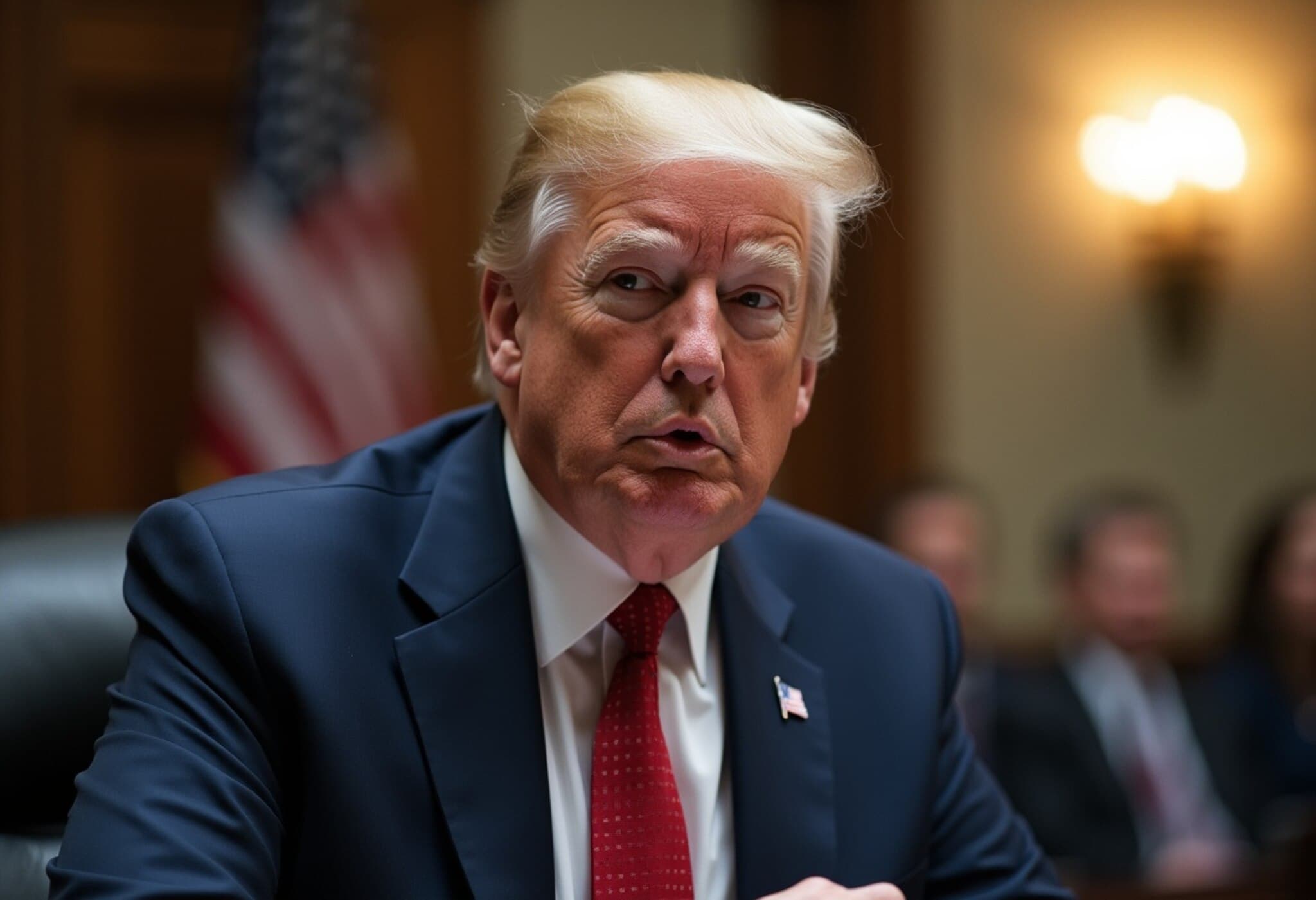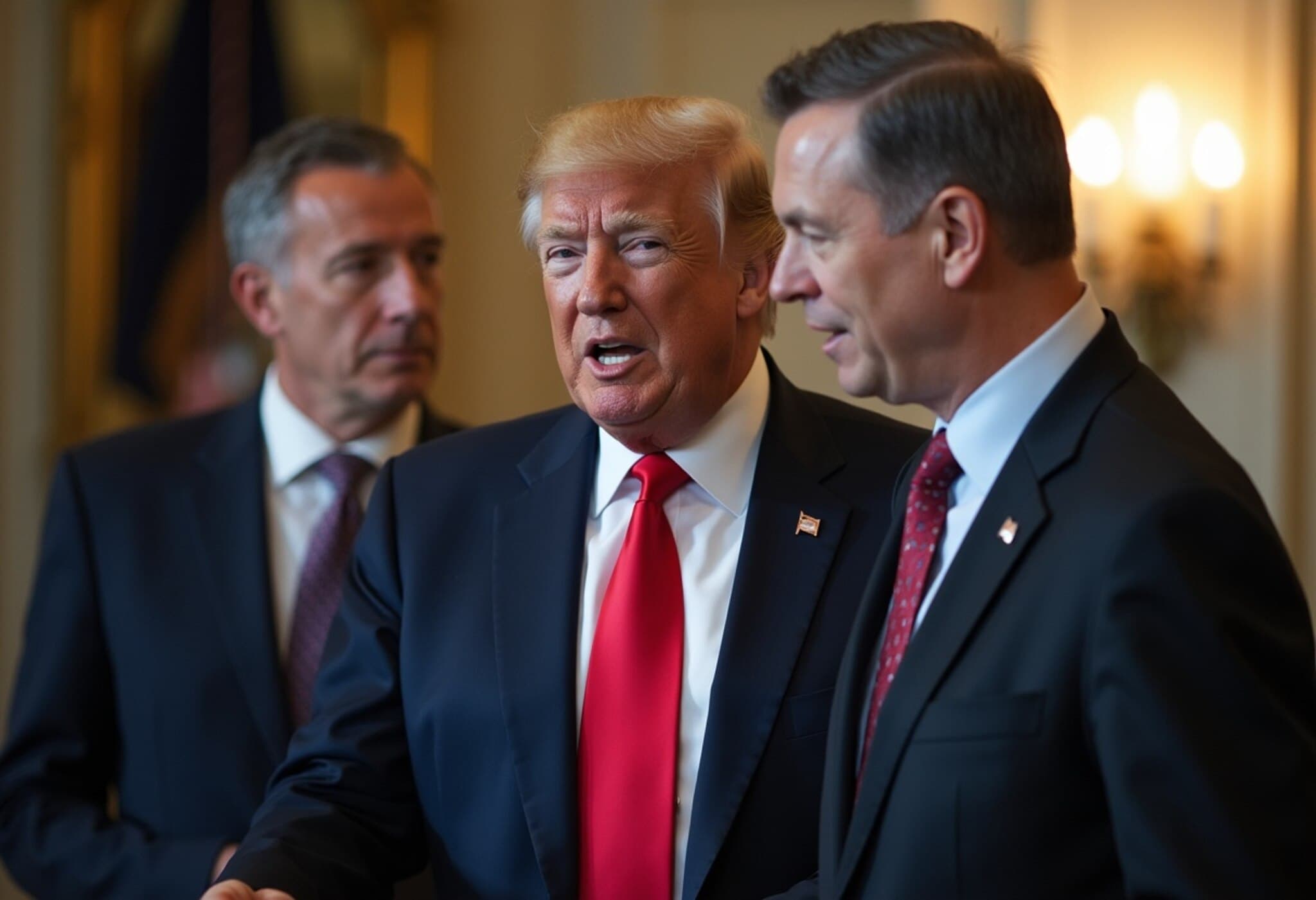Trump Administration Proposes Overhaul of US Citizenship Test and H-1B Visa Program
In a significant move shaping America's immigration landscape for 2025, the Trump administration has announced plans to tighten requirements for US citizenship applicants and reshape the H-1B skilled worker visa program. These proposals—highlighted by Joseph Edlow, the newly appointed director of US Citizenship and Immigration Services (USCIS)—signal a shift aimed at reinforcing national interests while responding to widespread debate over immigration policy and labor market impacts.
A More Demanding Civics Test to Strengthen Citizenship Standards
Edlow criticized the current US citizenship test as being too simplistic and prone to rote memorization rather than genuine understanding. "The test as it’s laid out right now, it’s not very difficult. It’s very easy to kind of memorize the answers," he commented in a recent interview with The New York Times. The administration is moving toward reinstating tougher requirements reminiscent of those from Trump’s first term, where prospective citizens must correctly answer 12 out of 20 civics questions, doubling the current needed correct responses from 6 out of 10.
This approach is designed to deepen applicants’ knowledge of US history, governmental functions, and civic responsibilities, reflecting a priority on meaningful assimilation rather than just passing a test. Seniors aged 65 and above with at least two decades as lawful residents will still have access to a simplified version.
Prioritizing Wage-Based Selection Over Random Lottery for H-1B Visas
Perhaps the most impactful change lies within the H-1B visa system, which annually issues 85,000 visas to skilled foreign workers. Currently allocated via a lottery, the administration intends to overhaul this by prioritizing applicants whose sponsoring employers offer higher wages. This shift is intended to protect American workers by discouraging companies from using the visa program primarily to access lower-paid foreign labor.
- Focus on Economic Benefit: The new policy emphasizes supplementing rather than supplanting the American workforce.
- Political Backing: Vice President JD Vance recently criticized firms that lay off Americans while continuing to bring in foreign workers, underscoring this administration’s labor-market focus.
Edlow stressed that immigration should be viewed as a strategic asset to bolster the US economy, advocating for policies that attract talent aligned with national economic goals.
Opposition and Concerns From Experts
Not all stakeholders welcome these changes. Former Biden administration official Doug Rand warned that prioritizing higher wages could undercut the original intent of the H-1B program. He emphasized that the program has been instrumental for US companies recruiting top international graduates from American universities, cautioning against salary-based discrimination by the Department of Homeland Security.
The clash in perspectives highlights a broader debate on immigration’s role in innovation and labor flexibility versus protecting native workers from wage suppression and job displacement.
Contextualizing the Reforms in US Immigration Policy
These policy modifications come amid a continuation of the Trump administration’s broader agenda of stricter immigration enforcement, including tightened visa rules and scaled-back refugee admissions. Although some previous reforms were blocked by courts, USCIS signals a return to a more rigorous framework regarding visa eligibility and citizenship criteria.
Edlow, confirmed by the Senate just this July, brings extensive experience in immigration enforcement from both USCIS and the Justice Department. His leadership is likely to steer further initiatives reinforcing immigration as a tool to advance economic and national interest priorities.
Looking Ahead: What This Means for Immigrants and the US Economy
If implemented, these changes could make naturalization more demanding for immigrants while reshaping the H-1B system to reward higher-paying employers. While intended to protect American workers, the reforms may pose challenges for industries reliant on foreign talent, such as technology and research sectors.
Critical questions remain:
- Will a wage-prioritized system limit access to needed skills from diverse global talent pools?
- How will tighter citizenship exams affect immigrant integration and identity?
- What balance can policymakers strike between labor market protection and economic dynamism?
As the USCIS prepares to release detailed policy documents, stakeholders across sectors watch closely, cognizant of the policy’s potential ripple effects on immigration, the economy, and American society at large.
Editor's Note
The Trump administration’s renewed immigration reforms underline a pivotal moment in America's approach to skilled labor and naturalization. While the push for higher standards and economic alignment reflects longstanding concerns over job competition and national security, the conversation must also encompass the nuances of global talent flows and the immigrant experience. Policymakers will need to carefully navigate these complex dynamics to craft immigration laws that uphold America's values, economic strength, and global leadership.



